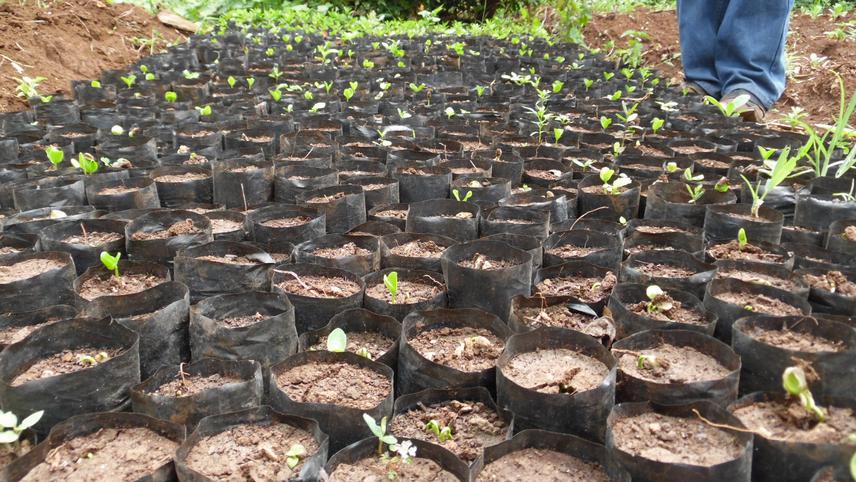Wilson Frank Maanga
The project aims to use live fences as the mechanism to deter wildlife and reduce Human Wildlife Conflict (HWC) in wildlife rich areas of Enduimet Ward. The project apart from conducting the baseline survey during its inception will establish tree nurseries for biological fences to households that will deter wildlife from invading and killing domestic animals in pastoral bomas. Furthermore, the project will reduce crop raiding in agrarian communities of Enduimet. This project will increase the awareness to Maasai pastoral communities on how to use the biological fences as well as harvesting other benefits related to D. caffra like fire wood and supplementary edible fruits that can be used during the food shortages. Apart from reducing livestock depredation by wild-carnivores and retaliatory killings of wild-carnivores ultimately the project will increase the communities’ socio-economic portfolio through increased farm yield and animal productivity.

D. caffra during germination 95% success; © Wilson Frank Maanga.
This project aims to reduce Human Wildlife Conflict (HWC) through the use of Dovyalis cafra biological fence. The baseline survey will be conducted during the inception so as to collect information of the ‘status quo’ before the project starts. The study will use various research methods to collect information such as; Field Word Diary where by the day-to-day events will be observed and recorded. Also Focused Group Discussion (FGD), Interviewing, Conversation and Discourse analysis will be used so as collect valuable information in research area. Similarly, the project will create awareness about the use of D. caffra as biological fence toward reduction of HWC in wildlife rich areas in Enduiment from reflection of other areas that have been using the same methods as deterrence mechanisms. Furthermore, the project will establish D. caffra tree nurseries in specified villages and hence training the villagers about the use of Dovyalis caffra as the deterrence mechanism towards the carnivore invasion to the pastoral Maasai bomas. Photograph and Video Recording about the live fencing will be documented and the information will be shared across the wider audience on how to use the D. caffra fence to deter wildlife invasion.
The project expected outputs and outcomes include;
(i) A map of the Kilimanjaro-Enduimet corridor that shows the spatial distribution of HWC in the area. Knowledge about the exact location of the areas that are highly affected by the conflict will be mapped by Kernel density through GIS,
(ii) Policy brief targeting the Ministry of Natural Resources and Tourism that will contain the summarized findings and recommendations for sustainable solution towards reduction of HWC in Tanzania.
(iii) A five minutes video documentary in local language Kiswahili with English subtitles. The documentary will contain a brief history of HWC, introduction and the use of D. caffra as biological fence as deterrence to reduce HWC. The video will be uploaded in YouTube and will be freely available to any other interested parties.
Finally, this project is expected to improve the people’s livelihood in the area because it will lower the number of domestic animals kills while improving the farming productivity through reduction of the crop raiding that will definitely increase the crop yield.